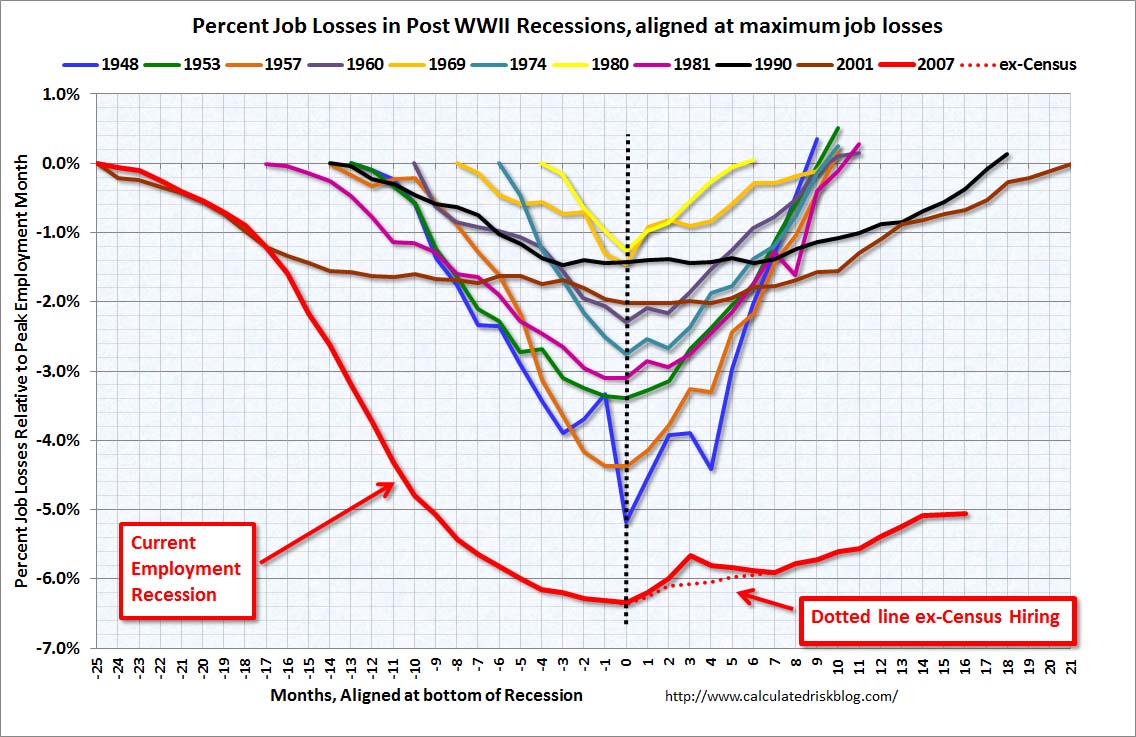I am in a group (unrelated) which happens to include 3 long time school teachers. The stress they are under is greater than ever but when the discussion turned to what could be different / better, they all three agreed that a lot of hope and change is needed. They teach many of the same classes they took when they were in high school but rather than concentrating on the student's grasp of the subject, they teach "for the test". It's all about scores on the Federal (Bush) "No child left behind" minimums. Instead of NCLB it should be called "Mediocrity for every child". My 15 year old straight A student works hard, but can't tell you what she took last year, what pertinence the subjects may ever have or even basic concepts about them. The teachers wonder, in today's world of software for everything, who is going to use Algebra? Why not update our schools instead of what has been tried and did not produce good results. The answer to every problem the gov offers. More bureaucracy and throw other people's money. How about more reading and history. That skill and knowledge would be usefull coming up. More Trade Schools to work towards getting our mfg base back and for those who don't want to go to college. imho SS






